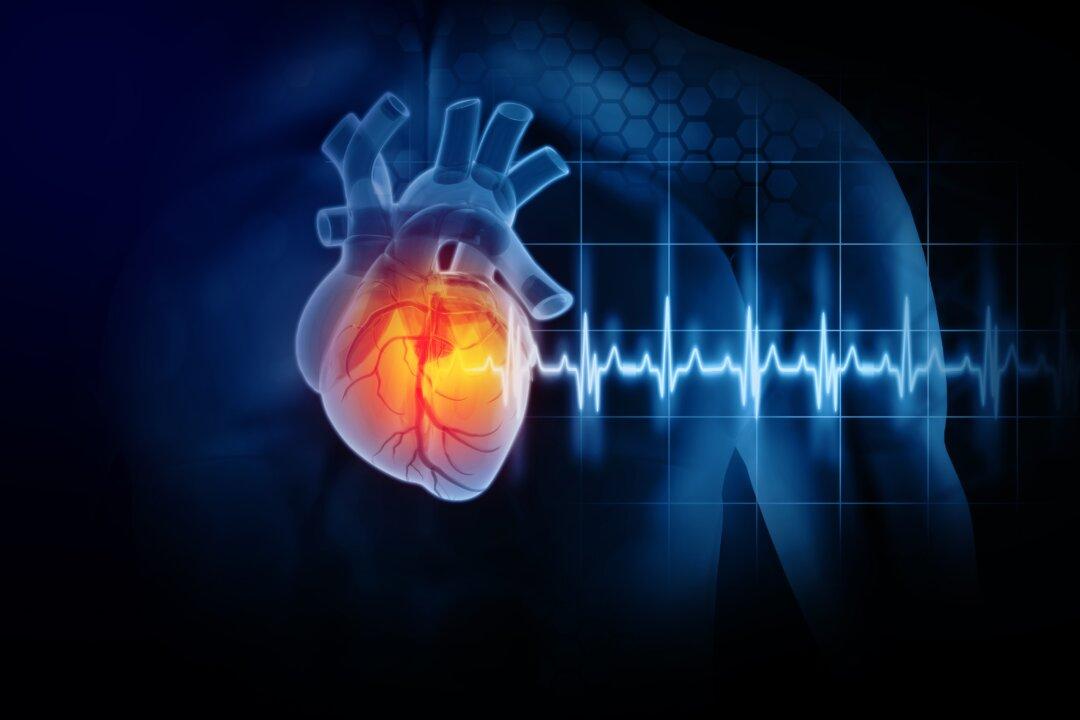You may know more common signs of a heart attack, but there are subtle signs that may go unnoticed, leading to a risk of a more severe attack in the coming days. I'll share some less common signs and what you can do to reduce your risk.
- Although there are several common symptoms of a heart attack, some experience unusual symptoms they may overlook, leading to a more severe and potentially life-threatening second heart attack
- Learn to identify some of the more uncommon symptoms of a heart attack, including tightness in your arm, tingling on your left side, upper back pain, hot flashes and heartburn
- Data show your risk of a heart attack is affected by your body mass index, smoking and alcohol use, exercise and diet; stress is another factor that can provoke a heart attack
- Taking quick action when you suspect a heart attack may save a life. Simple changes to your diet, exercise and sleep habits may significantly reduce your risk
According to the Centers for Disease Control and Prevention,1 nearly 805,000 Americans have a heart attack each year, and 605,000 are first heart attacks. When you learn the risk factors, symptoms and how to take early action, it increases your chances of survival.
Dr. Joseph Mercola is the founder of Mercola.com. An osteopathic physician, best-selling author, and recipient of multiple awards in the field of natural health, his primary vision is to change the modern health paradigm by providing people with a valuable resource to help them take control of their health.
Author’s Selected Articles






